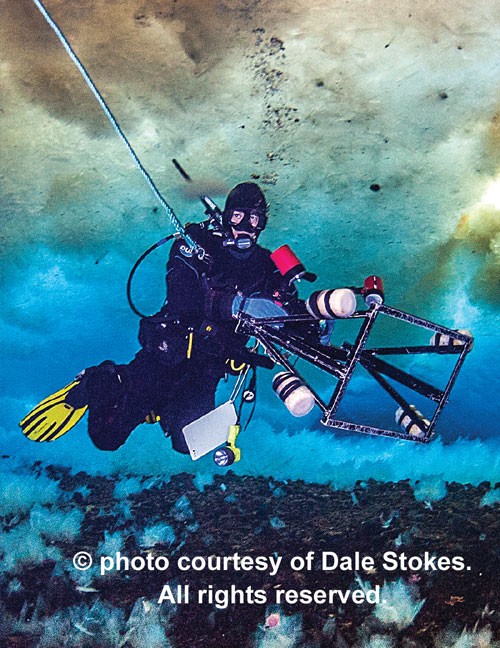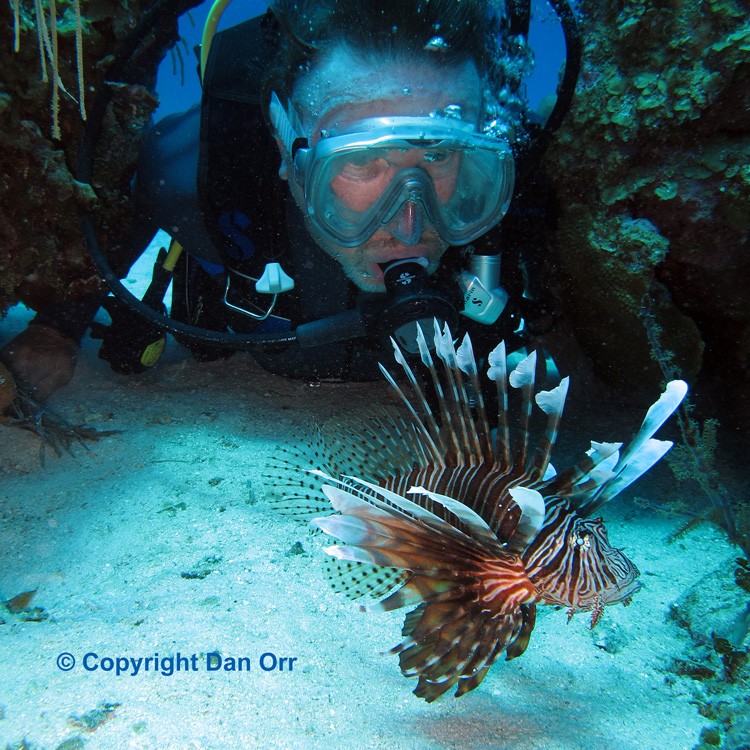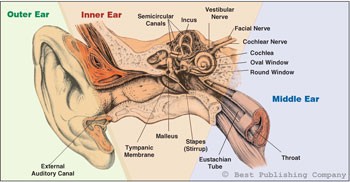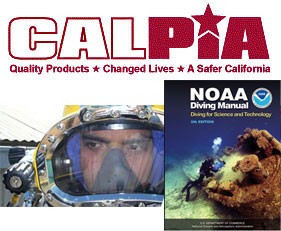Holiday Customer Support Closure
Please note that our customer support will be closed for the holidays starting December 24th through January 4th.
DEPTH Blog
WEEKLY WINDUP
SCHEDULING SUCCESS IN 2025
Authentic and personal connections are more important than ever in life and in business. This year take the time to register for events that will enhance your education, network, and positive mindset.
KIDS HOLIDAY HELPER: School will be on break in just a few days so, keep the kids active and learning with Paul Mila's Harry Hawksbill Sea Turtle Adventure Series.
Jennifer Idol became the first woman to dive 50 states and is Best Publishing Company's newest author. Be among the first to buy her book and see her transformative quest to show how our national waters are a treasure to care for and protect.
Copyright
© 2016 Best Publishing Company. All Rights Reserved.
Join us at Our World Underwater Dive Show in Chicago, IL, for the official book launch of Mystery of the Last Olympian: Titanic's Tragic Sister Britannic by Richie Kohler!
Copyright
© 2016 Best Publishing Company. All Rights Reserved.
Copyright
© 2016 Best Publishing Company. All Rights Reserved.
In this article we discuss lakes as a cold water and ice-diving enviroment. In future articles we will look at oceans, rivers, sea ice and fresh water ice.
Copyright
© 2016 Best Publishing Company. All Rights Reserved.
In this article we discuss variation in ocean temperatures and what the colder water diver needs to know. In future articles we will look at rivers, sea ice and fresh water ice.
Copyright
© 2016 Best Publishing Company. All Rights Reserved.
The release of the 2015 edition of NFPA 99 earlier this year has been accompanied by a lot of conversation around the subject of hyperbaric facility safety. This week we have three resources that will help you to navigate through the various safety codes and standards.
Copyright
© 2016 Best Publishing Company. All Rights Reserved.
Today marks the start of the annual two-day spiny lobster sport season in Florida, known as "mini-season," and it got us thinking (about more than just dinner) . . .
Copyright
© 2016 Best Publishing Company. All Rights Reserved.
Sinus and internal and external ear disorders are the most common side effects of hyperbaric oxygen therapy (HBO2).1 These spaces are the cranium’s pneumatic sockets and, particularly those of the middle and inner ear, are most frequently involved in the pressure stress caused by compression and decompression maneuvers during exposure to altered pressures in the hyperbaric chamber. Barotrauma is the mechanical tissue damage produced by environmental pressure variation, and the middle ear is the most frequently involved structure in this kind of damage. According to Boyle’s law (the product of pressure and volume is a constant for a given mass of confined gas) it is easy to understand why all enclosed air cavities are more susceptible to this kind of lesion. Barotraumas can occur due to an increase or decrease of gas volume. To avoid gas volume decrease during the compression phase, the patient must perform some compensatory maneuvers aimed at inhaling and forcing gas (air or oxygen) into the nasal and sinus cavities. During decompression in the chamber or even underwater, the body’s gas expands and is expelled from cavities to the outside, usually without any active maneuver. It is essential to teach the patient about the functions of the hyperbaric chamber and the correct maneuvers of baro compensation. In this article, we will describe the main barotraumas that can occur during hyperbaric oxygen therapy.
Copyright
© 2016 Best Publishing Company. All Rights Reserved.
What do the California Prison Industry Authority (CALPIA), commercial dive training, and the NOAA Diving Manual 5th Edition textbook have in common? We found the answer when we were recently introduced to Fred Johnson of CALPIA by Dan Orr, author of Scuba Diving Safety and former President and CEO of Divers Alert Network.
Copyright
© 2016 Best Publishing Company. All Rights Reserved.
We recently caught up with Asser Salama, author of the new release, Deep Into Deco: The Diver's Decompression Textbook. Asser is a technical diver and instructor, is founder of Tech Diving Mag and developer of Ultimate Planner decompression planning software. He has a bachelor’s degree in engineering and a master’s degree in business administration. A software developer with an interest in decompression modeling, Salama plans to implement computational algorithms based on credible research papers to prevent some pioneering work from fading into academic obscurity.
Copyright
© 2016 Best Publishing Company. All Rights Reserved.
We recently caught up with Dr. Paul Claus, course director for Hyperbaric Medicine 2015, and asked him to share some more details on what we can expect from this first-ever conference hosted by the Mayo hyperbaric team this April 17-18, 2015 in Rochester, MN.
Copyright
© 2016 Best Publishing Company. All Rights Reserved.
Recently there has been some exciting news about recent media coverage of hyperbaric oxygen therapy.
Copyright
© 2016 Best Publishing Company. All Rights Reserved.
February is Heart Month and to support the movement we have teamed up with our sister company, Wound Care Education Partners, to bring you valuable resources and discounts. We invite you to learn more about cardiac issues as related to hyperbaric and undersea medicine and take advantage of these free and discounted resources on the topic.
Each of us in the field of hyperbaric medicine wants to create an exceptional practice.
Copyright
© 2016 Best Publishing Company. All Rights Reserved.
The recent release of the 2015 edition of NFPA 99 has been accompanied by a lot of conversation around the subject of hyperbaric facility safety. This week we have five tools that will help you to navigate through the various safety codes and standards.
Copyright
© 2016 Best Publishing Company. All Rights Reserved.
This is the final installment in our series on the published works of Dr. Eric P. Kindwall, the "Father of Hyperbaric Medicine." This week we are discussing the topic of carbon monoxide and cyanide poisoning. We invite you to dive into this topic with us and take advantage of these free goodies...
Copyright
© 2016 Best Publishing Company. All Rights Reserved.
This week we continue our series on the published works of Dr. Eric P. Kindwall, the "Father of Hyperbaric Medicine," by looking at the risk factors and symptoms of oxygen toxicity. We invite you to dive into this topic with us and take advantage of these free goodies...
Copyright
© 2016 Best Publishing Company. All Rights Reserved.



![[Sneak Peek] Author Richie Kohler Sees His Book In Print for the First Time](https://www.bestpub.com/images/easyblog_images/384/b2ap3_large_Richie-Kohler-unboxing-Mystery-of-the-Last-Olympian_w.jpg)









